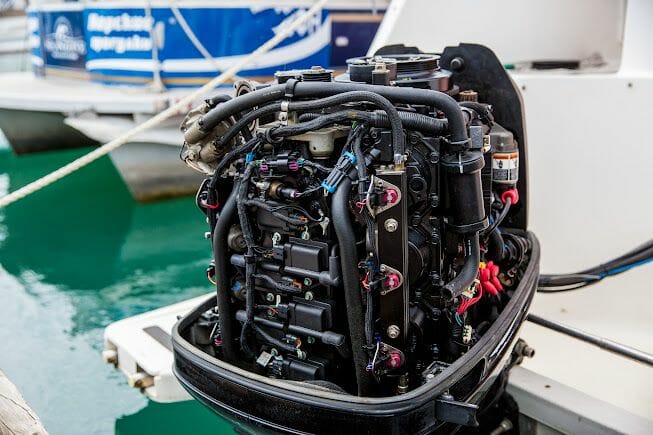Owning a boat can be an enjoyable source of relaxation and adventure on the open water. However, ensuring that your vessel remains in optimal condition requires routine maintenance and care. In this comprehensive guide to keeping your boat shipshape, we will discuss several key aspects of boat maintenance, from cleaning and inspecting to engine and safety measures. By following these simple yet effective practices, you’ll ensure that your boat remains a source of joy for many years to come.
Cleaning and Inspecting Your Boat
1. Routine Cleaning
Clean your boat regularly to keep it fresh and to prolong the life of its materials. Use mild soap and water for the exterior and interior surfaces. Make sure to rinse thoroughly to avoid soap residue build-up. Pay close attention to areas with metal fittings, as these can corrode if not properly cleaned. Clean fabric and upholstery per the manufacturer’s recommendations.
2. Inspecting for Damage
Regularly inspect your boat for signs of wear or damage that can lead to more extensive repairs if not addressed promptly. Look for rust, corrosion, loose fittings, leaks, and damaged seals. Having a keen eye for these issues will save you time and money in the long run.
3. Bottom Cleaning and Antifouling
The bottom of your boat may accumulate marine growth, which can negatively impact its performance and fuel efficiency. Regularly cleaning the bottom of your boat with a soft brush and gentle pressure will help prevent build-up. Additionally, consider applying an antifouling paint to discourage marine growth and maintain your boat’s speed and efficiency.
Engine and Fuel System Maintenance
1. Engine Check
Inspect your boat’s engine regularly for signs of wear or damage. Check belts, hoses, and fluids, such as the engine oil, coolant, and fuel. Change the engine oil and filter according to the manufacturer’s recommendations.
2. Cooling System Maintenance
The cooling system is crucial in preventing your boat’s engine from overheating. Ensure that the coolant level is correct and replace it per the manufacturer’s recommendations. Inspect the hoses for signs of wear or leakage, replacing them when necessary.
3. Fuel System Inspection
Inspect your boat’s fuel system for any signs of leakage or damage to the fuel lines, fittings, and fuel tanks. Replace any worn or damaged parts to prevent potential fire hazards or engine failure.
Electrical and Electronic System
1. Routine Battery Checks
Regularly inspect your boat’s battery for signs of corrosion, loose connections, and low fluid levels. Maintain the battery fluid at an appropriate level and ensure that the connections are clean and secure.
2. Electronics Inspection
Inspect your boat’s electronic equipment, such as GPS, depth sounder, VHF radio, and stereo systems for proper functioning. Replace any damaged wires or connectors and check the user manuals for recommended maintenance or software updates.
Safety Equipment and Accessories
1. Inspect Life Jackets and Safety Gear
Regularly inspect life jackets for tears, punctures, or signs of wear. Replace any damaged life jackets to ensure the safety of you and your passengers. Additionally, ensure that your safety gear, such as fire extinguishers, first aid kits, and signaling devices, is up-to-date and in proper working order.
2. Anchor and Lines
Inspect the anchor and lines for signs of wear or corrosion. Regularly clean and lubricate the anchor winch to ensure smooth operation. Replace any damaged lines or shackles.
3. Bilge Pump and Alarms
Inspect your boat’s bilge pump and alarms to ensure proper functioning. Clean and lubricate the bilge pump as recommended by the manufacturer. Inspect and replace the float switch if necessary. Test your boat’s alarms, such as the high water alarm or engine alarms, to ensure they are in proper working order.
Keeping your boat in shipshape condition requires a commitment to regular inspection, cleaning, and maintenance. By following these simple steps and adhering to the manufacturer’s recommendations, you will enjoy countless hours on the water with peace of mind knowing that you’ve done everything you can to keep your vessel safe and reliable for years to come.


